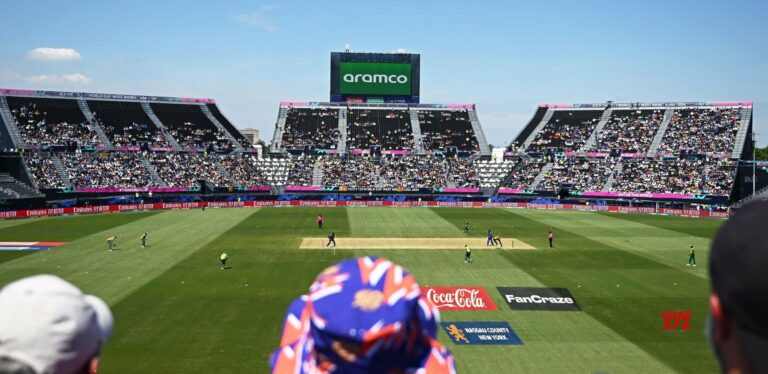Designing Stadiums with Emergency Evacuation Plans
sky.247, diamondexch9 com, tiger exchange vip:Designing Stadiums with Emergency Evacuation Plans
Stadiums are not just a place where sports events take place. They are complex structures that host thousands of people at a time. With such a large crowd in one place, it is crucial to have a well-thought-out emergency evacuation plan in place to ensure everyone’s safety in case of an emergency.
Designing stadiums with emergency evacuation plans is a multi-faceted process that involves various components like building design, communication systems, crowd management, and coordination with emergency services. Let’s dive into how stadiums can be designed with safety in mind.
1. Building Design
The layout and design of the stadium play a crucial role in ensuring a safe and efficient evacuation in case of an emergency. Stadiums should have clearly marked exits that are easily accessible from all areas of the venue. These exits should be wide enough to accommodate the flow of a large crowd and should be equipped with emergency lighting for visibility in low-light conditions.
Additionally, stadiums should have designated refuge areas where people can gather in case of an emergency. These areas should be easily identifiable and large enough to accommodate a significant number of people. Designing stadiums with multiple evacuation routes is also essential to prevent bottlenecks and ensure a smooth evacuation process.
2. Communication Systems
Effective communication is key during an emergency evacuation. Stadiums should be equipped with loudspeakers, digital signage, and other communication systems to relay important information to the crowd. This can include instructions on how to evacuate, where to go, and what to do in case of different types of emergencies.
Stadiums should also have a designated emergency control center where staff can monitor the situation and coordinate with emergency services. Having a clear communication hierarchy in place ensures that information is disseminated quickly and accurately during an evacuation.
3. Crowd Management
Managing a large crowd during an emergency evacuation can be challenging. Stadiums should have trained staff in place to assist with crowd control and evacuation procedures. This can include ushers, security personnel, and medical staff who are familiar with the evacuation plan and can help guide people to safety.
Stadiums should also have crowd management tools like barriers, signage, and crowd control ropes to help direct the flow of people during an evacuation. Training staff on how to use these tools effectively is crucial for a successful evacuation.
4. Coordination with Emergency Services
Stadiums should have a close working relationship with local emergency services to ensure a coordinated response during an emergency. This can include conducting regular drills and exercises with emergency services to test the evacuation plan and identify areas for improvement.
Having a pre-established protocol for contacting emergency services and communicating with them during an evacuation is essential. This ensures a swift response and allows emergency services to provide assistance as quickly as possible.
5. Testing and Reviewing the Evacuation Plan
Designing a stadium with an emergency evacuation plan is just the first step. Regular testing and reviewing of the evacuation plan are essential to ensure it remains effective and up-to-date. Stadiums should conduct regular drills and exercises to practice the evacuation procedures and identify any areas that need improvement.
Reviewing the evacuation plan after each event can also help identify any issues or challenges that arose during the evacuation. Making adjustments to the plan based on feedback and real-world experiences is crucial to ensuring the safety of everyone in the stadium.
In conclusion, designing stadiums with emergency evacuation plans is a critical aspect of ensuring the safety of everyone in attendance. By considering building design, communication systems, crowd management, and coordination with emergency services, stadiums can create a safe and efficient evacuation process in case of an emergency.
FAQs:
Q: How often should stadiums conduct evacuation drills?
A: Stadiums should conduct evacuation drills at least twice a year to practice the evacuation procedures and identify any areas for improvement.
Q: What should attendees do during an emergency evacuation?
A: Attendees should remain calm, follow instructions from staff, and proceed to the nearest exit in an orderly fashion. It is essential to stay together as a group and avoid pushing or shoving.
Q: How can stadiums improve communication during an evacuation?
A: Stadiums can improve communication during an evacuation by using multiple communication channels like loudspeakers, digital signage, and social media. Having a designated emergency control center for coordinating communication is also essential.







